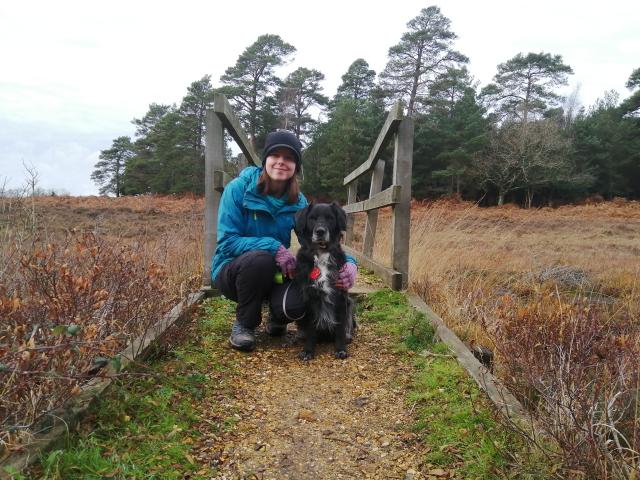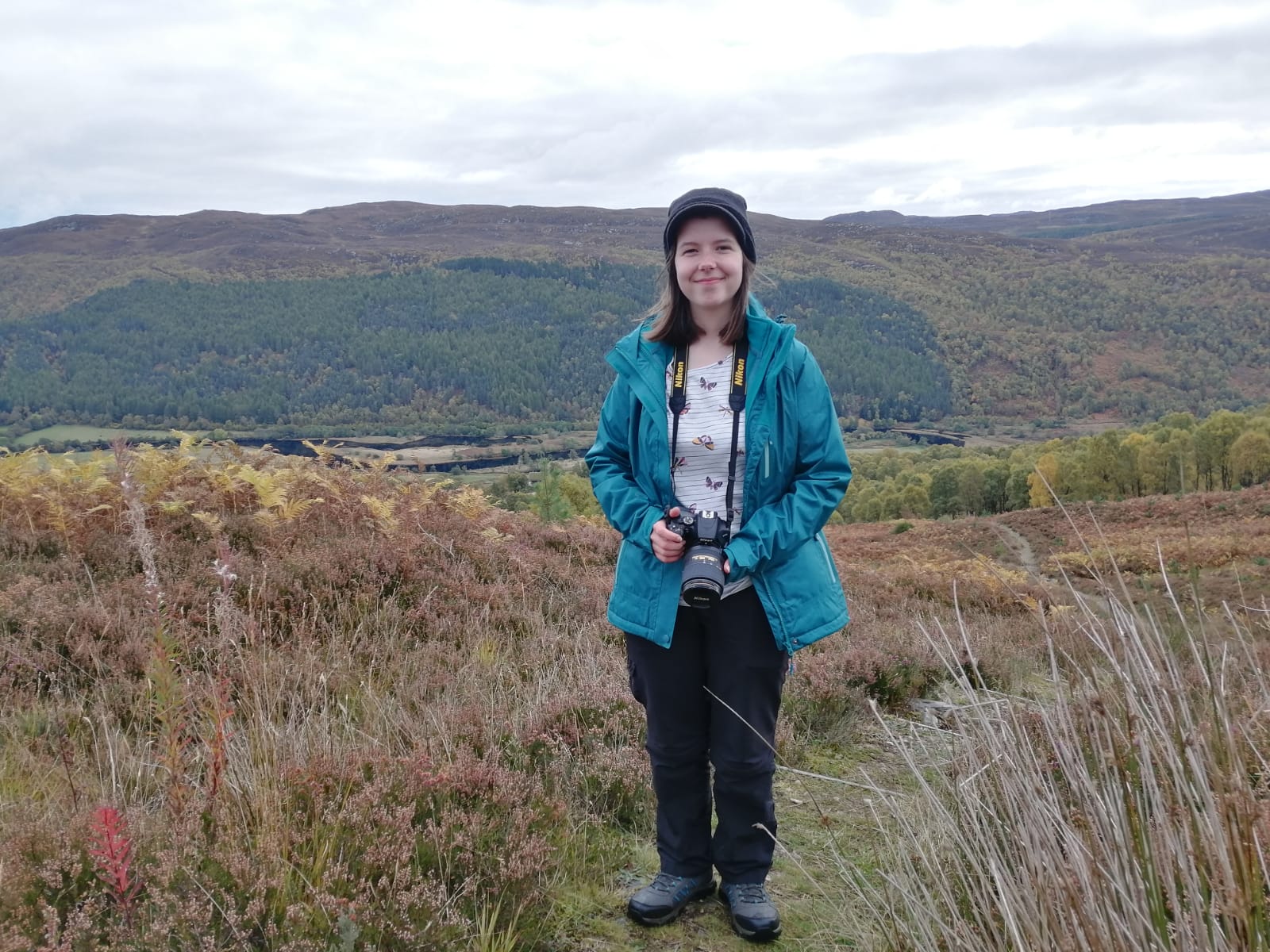Introducing Zenobia – Jay Hatch, Butterfly Conservation volunteer, who explains why volunteering is a great way to climb the conservation ladder.
Why did you choose to volunteer for Butterfly Conservation?
From a young age, I would much rather be outside gazing at the ants as they march around the garden than inside watching the television. I have always had a fascination with invertebrates, and I developed a particular interest in Lepidoptera. After learning about the brilliant work that Butterfly Conservation does to preserve them, I did not need to think twice about asking to undertake my voluntary work placement with them!
What activities were you involved in?
During my placement, I had the opportunity to get involved with a wide variety of tasks, including:
- Checking livestock, water troughs and fences
- Practical habitat management (such as scrub clearance)
- Leading a risk assessment talk for a group of volunteers
- General maintenance and repairs
- Creating public information notices using brand guidelines
- Assisting another volunteer in taking photos as part of the stewardship scheme
- Undertaking a research task on the brown argus
How has volunteering with Butterfly Conservation helped you?
I have learnt a huge amount! Such as how to communicate effectively with members of the public, which at times also included managing potential conflict situations. As well as, improving my practical habitat management skills, enhancing my understanding of species identification and ecology, and helping me to further develop my problem-solving skills.
Throughout my degree, I was able to recount information gained whilst on placement and utilise it to provide specific examples in my assignments and exams. This really helped me to put my theoretical understanding into practice, a likely contributing factor for why I did extremely well on my degree!
I also got the opportunity to get to know staff members, volunteers and contractors, providing me with valuable contacts for a range of people working within the industry.
My confidence improved enormously because of this placement, both in regard to my knowledge and in how to handle new situations. This in turn helped me to reach out to other organisations, where I’ve been able to use some of the skills I learnt here and apply them to different situations. I believe this is one of the reasons I was able to become a full-time assistant ecologist.
What are your top tips for how to get the most out of volunteering?
Volunteering will enable you to get to know experts within the industry. Don’t be afraid to ask them questions! It emphasises just how interested you really are, and you can learn so much more. You might even be able to find out what they would look for in a potential candidate for a job role you may be interested in, you are likely to get some great advice! Always be proactive. Put your all into every task and make the most out of all the resources available to you.
Would you recommend volunteering with Butterfly Conservation to others?

Without a doubt, yes! Probably one of the best things about volunteering for Butterfly Conservation is the chance to get stuck into a wide variety of tasks that provide opportunities to actively contribute towards the conservation of numerous species! Everything I got involved in was beneficial to me. I was welcomed into the team and felt included and valued as part of it, from day one.
I enjoyed my time so much whilst volunteering on my placement, I have started volunteering again. I am so excited to be assisting with the University Moth Challenge this year!


